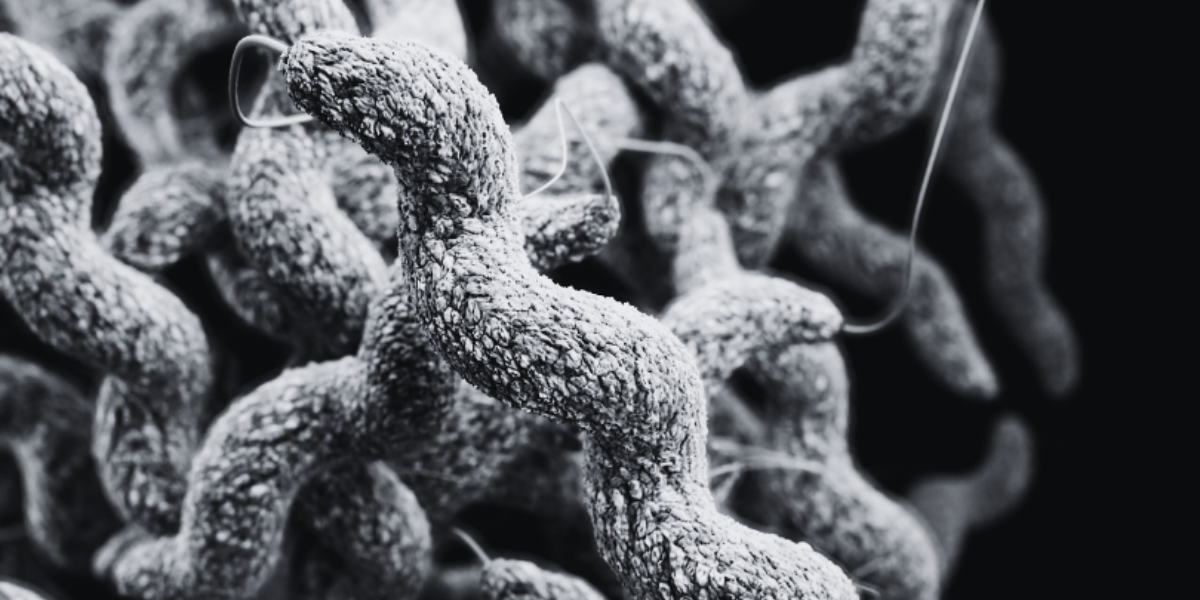Plus One Thing You Can Do Now to Cut Down on the Spread of Germs
There are some scary facts about germs out there, and we aren’t talking about the latest horror movies. We are talking about viruses and bacteria.
Illness accounts for 15.36 work days lost per employee each year. In schools, it racks up to 22 million total sick days each year.
To further hone in on that point, here are 10 scary facts about germs that will give you nightmares worse than your favorite scary movie.
1 | The water fountain is the germiest spot in a school.
You might think the restrooms are the germiest spots in a school, but it’s actually the water fountain. A study done by microbiologists at NSF, an independent non-profit organization, found that there were 2.7 million bacterial cells per square inch on water fountains in two Michigan elementary schools.
2 | 70 to 80 percent of microbes on school desks are of human origin.
A Yale University study found that the majority of microbes on desks in schools were of human origin, specifically from the skin, mouth, and gut. In many schools and grades, students are using multiple desks each day. This means school desks can be a tremendous vehicle for exposure.
3 | The average office desk has 400 times more bacteria than the average truck stop toilet seat.
A study done by University of Arizona and funded by Clorox found that the average office desk had over 10 million bacteria living on it, which is 400 times more than the average truck stop toilet seat. What were the most common germs found on office desks? Staphylococcus, E. coli, influenza, coronavirus, and fecal matter.
4 | Teachers, accountants, and bankers have the germiest workspaces.
The same study also found that teachers, accountants, and bankers had the germiest desks. Teachers topped out at 17,800 germs per square inch. Specifically a teacher’s phone, keyboard, and computer mouse had the most germs on their workspace.
5 | The office kitchen sponge is a hotbed of microbes.
While you may think that washing the office utensils and plates is effective, a study out of Germany found that the average kitchen sponge actually contains 54 billion bacterial cells per cubic centimeter. The large and small holes in a sponge are actually the ideal compartments for bacteria to grow in. But don’t think that zapping the kitchen sponge in the microwave will kill those germs. Because the microwave cooks from the outside in, it can leave cold spots inside the sponge where bacteria can survive the heating process.
6 | One germy doorknob can infect half your office within hours.
Doorknobs and handles are a hotspot in many locations. One study fact about germs found that a single doorknob can help spread germs like wildfire. Researchers applied staples of a virus to doorknobs and tabletops and found that in just two to four hours, the virus had been picked up by 40 to 60 percent of the workers and visitors in the office and that the virus was also detected on many commonly touched items.
7 | Simply flushing a toilet expels germs three feet into the air.
A study published in Physics of Fluids found that flushing a toilet without the lid closed can expel as much as 60% of produced aerosols three feet into the air. This is known as the “toilet plume” or “toilet turbulence.” These germs can land on other surfaces, including stall handles, sinks, and counters.
8 | Hot air hand dryers can blow germs back onto your clean hands.
Remember that toilet plume we just mentioned? Hot air hand dryers have an air intake in order for them to operate. This means they can literally suck up the germs that are in the air in a public restroom and blow them directly back onto your hands that you just washed. A study done by researchers at the University of Connecticut and Quinnipiac University found that a petri dish exposed to only 30 seconds of air from one of these hand dryers grew up to 354 colonies of bacteria!
9 | Each year in the United States, 1.7 million infections are acquired in a hospital.
Sick people go to the hospital so it makes sense that infections can spread there. According to the World Health Organization (WHO), these 1.7 million infections acquired in U.S. hospitals each year leads to 100,000 deaths per year. The good news is that more than 50% of these acquired infections can be prevented if health care workers clean their hands with soap and water or an alcohol-based hand sanitizer before treating patients.
10 | Elevator buttons have nearly 40 times more germs than a public toilet seat.
Research carried out in hotels, restaurants, banks, offices, and airports found that the level of bacteria on elevator buttons averaged 313 colony forming units (CFUs) per square centimeter, compared to only 8 CFUs on the average public toilet seat. The most common types of bacteria found on elevator buttons include E. coli and Staphylococcus.
What You Can Do to Wipe Out These Germy Areas
There are some simple steps you can take to cut down on the spread of germs in your office, school, and public spaces including:
- Placing hand sanitizer out for people to use
- Encouraging proper hand washing–often!



